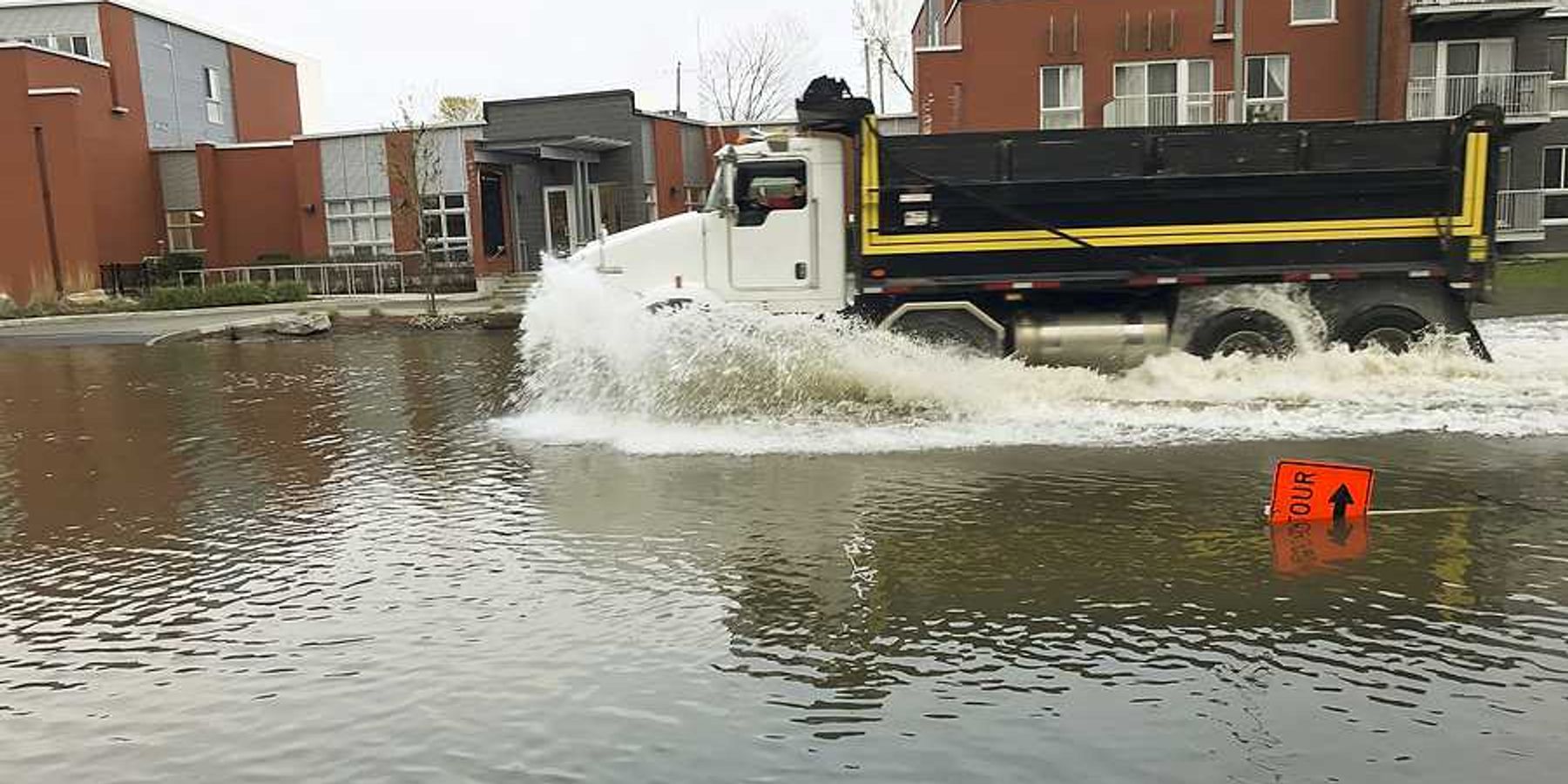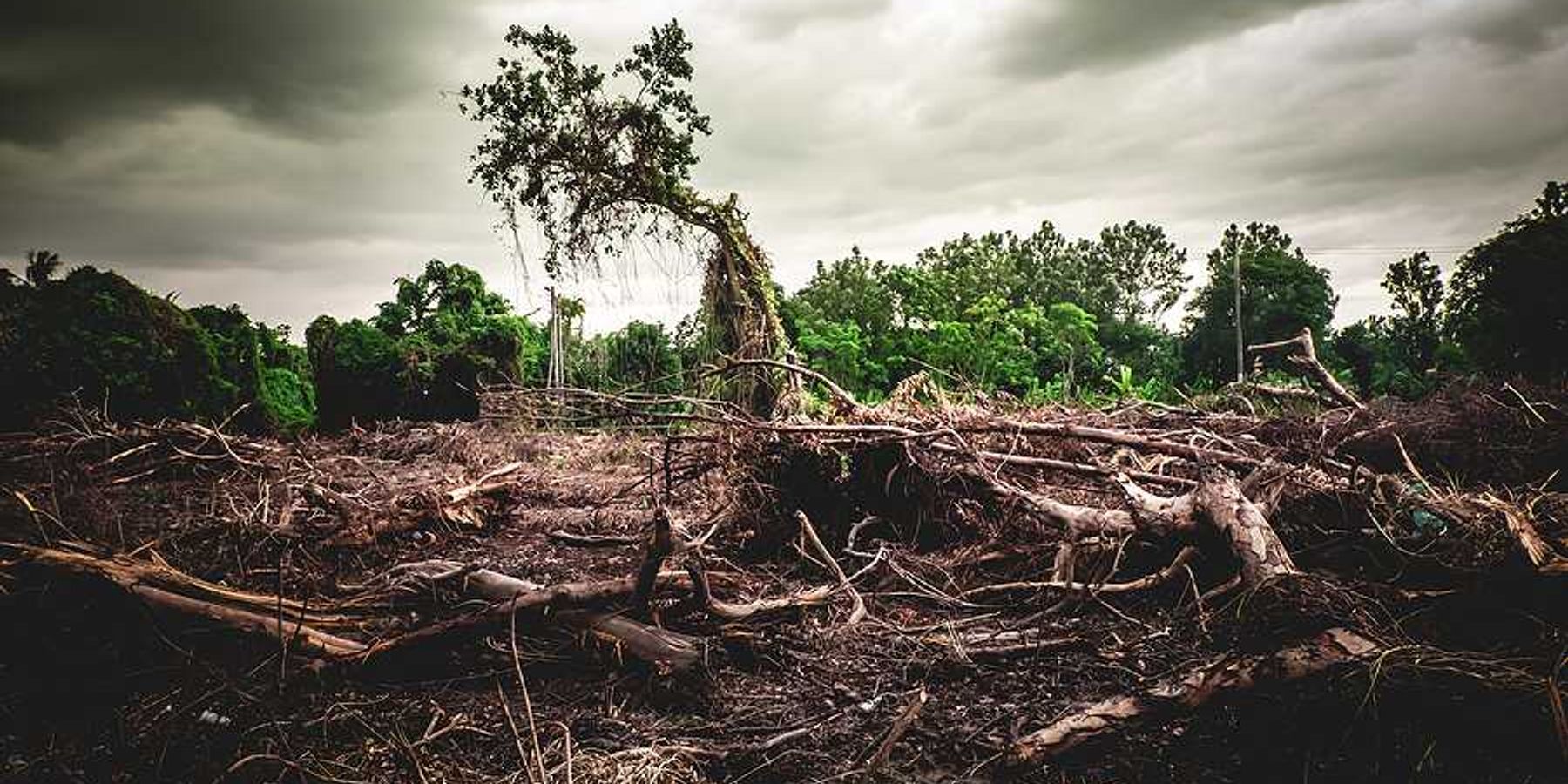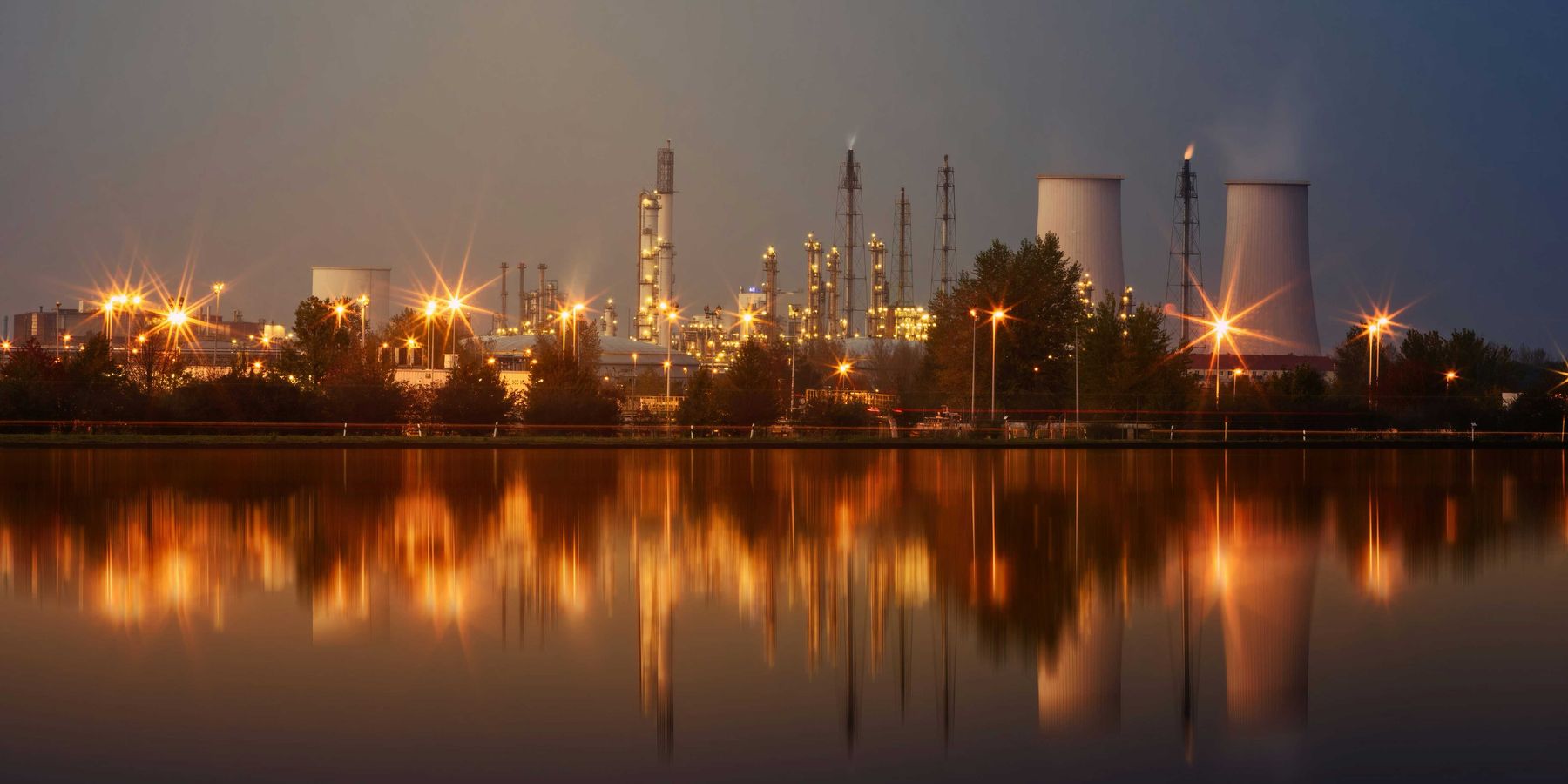Rethinking Pennsylvania's hydrogen hub and its public backlash
In a sharp rebuke to Pennsylvania Gov. Josh Shapiro's support for a federally-funded "hydrogen hub," activists, led by Delaware Riverkeeper Maya van Rossum, demand more community engagement, raising concerns over environmental and health impacts.
Kiley Bense reports for Inside Climate News.
In short:
- The Biden administration's endorsement of hydrogen hubs aims to reduce greenhouse gas emissions, but skeptics warn of potential environmental harm and increased fossil fuel dependency.
- Despite promises of job creation and emission mitigation, the project's reliance on potentially controversial energy sources, like fracked natural gas, has ignited opposition.
- Community members express frustration over limited access to planning discussions, fearing their neighborhoods will bear the brunt of the project's environmental and health consequences.
Key quote:
"The Department of Energy said that community engagement is supposed to be a highest priority. You have yet to have a meeting with the impacted community members to hear what they have to say."
— Maya van Rossum, Delaware Riverkeeper
Why this matters:
Hydrogen hubs can spur job creation in new and transitioning industries, ranging from green hydrogen production to its application in transportation, manufacturing, and energy storage. But the impacts on local communities also warrant careful consideration, including the need for inclusive decision-making processes that involve local stakeholders.
Seth Mullendore writes that those holding up carbon capture and hydrogen as new climate solutions are leading us down the wrong path.













